Food without water is food without energy; death. Food and water are undoubtly inextricably connected. It's not only that we need both to survive, but also that water itself is essentially a necessary ingredient in the growth and production of so much of what we eat. Take beef, for instance. Between growing the grass, corn, wheat, and other grains used to feed a cow or bull, plus what it drinks, plus what the farm needs for cleaning and processing, it can take over 1,800 gallons ( 6813.7 liters) of water to produce a single pound of beef. We may not see that amount of water involved when we sit down to eat, but it is there regardless. British geographer Tony Allan coined the term "virtual water" to describe the many gallons (liters) "hidden" in our food.
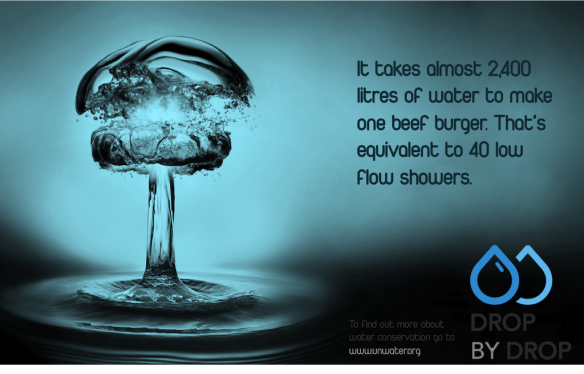





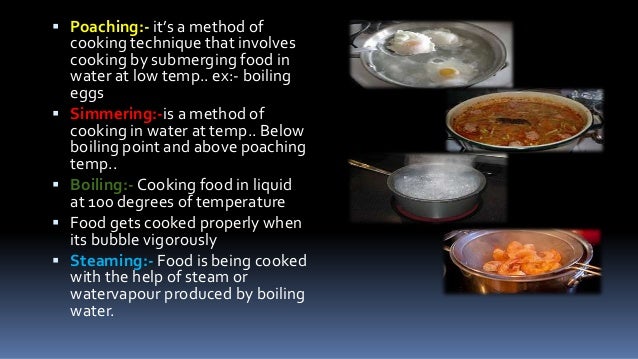

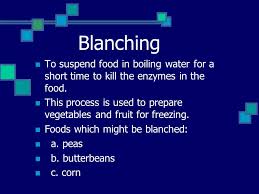
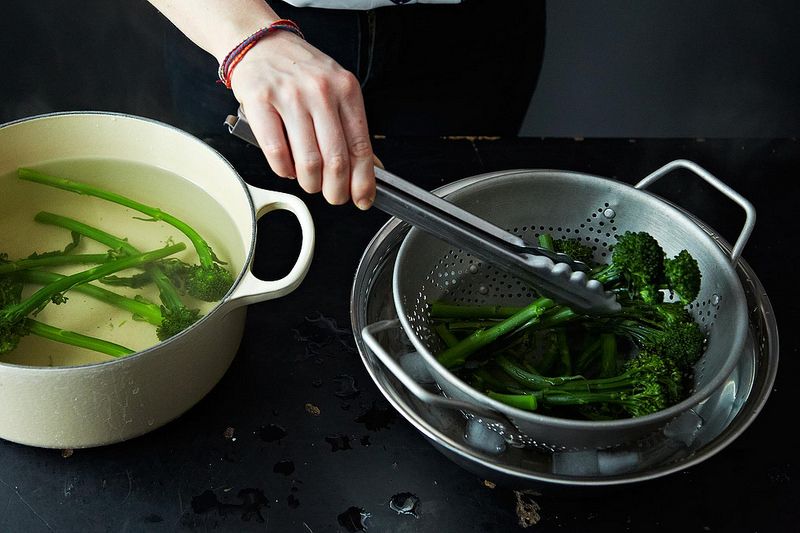

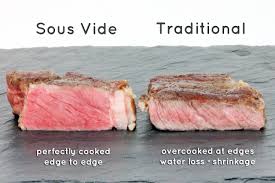
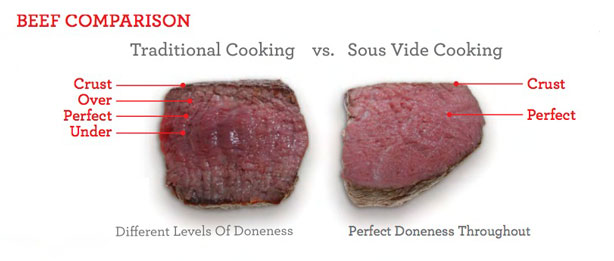

Virtual water can be further divided into ‘blue’ water (which evaporates from rivers, lakes or aquifers in production processes such as irrigation), ‘green’ water (rainfall that evaporates during crop growth), and ‘grey’ water (polluted after agricultural, industrial and household use).
The water footprint of an individual, community or business is defined as the total volume of freshwater that is used to produce the goods and services consumed by that individual or community or produced by the business. Some sample water footprints are set out below (Source: www.waterfootprint.org):
• The production of 1 kilogram of beef requires 16,000 litres of water.
• To produce one cup of coffee we need 140 litres of water.
• The water footprint of China is about 700 m3 per year per capita. Only about 7 percent of the Chinese water footprint falls outside China.
• Japan with a footprint of 1,150 m3 per year per capita, has about 65 percent of its total water footprint outside the borders of the country.
• The US water footprint is 2,500 m3 per year per capita.
Since the per capita consumption of virtual water contained in our diets varies according to the type of diet (from 1 m3/day for a survival diet, to 2.6 m3/day for a vegetarian diet and over 5 m3/day for a US-style meat-based diet) it is clear that the moderation of diets (reducing meat consumption) can have a big impact on virtual water use. However, the precise impact of a water footprint depends entirely on where water is taken from and when. An increased footprint in an area where water is plentiful is unlikely to have an adverse effect, but an increase in an area experiencing scarcity could result in the drying up of rivers, the destruction of habitats and livelihoods, and the extinction of species – in addition to affecting agricultural prices, supplies and local economies. Some proponents of virtual water argue for the need for a labelling scheme, with the water footprint of a product clearly set out so as to encourage demand management. This would help consumers and policy-makers recognize links between production and consumption.
On the policy level, a water-scarce country can import products that require a lot of water in their production (import of virtual water) to relieve pressure on its own resources. This is a strategy first adopted by Israel, which imports almost all cereals. Conversely, arguments are made that dry countries such as Spain should not be exporting tomatoes with a high virtual water content to wet Northern Europe. Exports of paper pulp, soybeans or ethanol from Latin America to Europe or China imply large exports of virtual water. This type of global virtual water trade has geopolitical implications: it induces dependencies between countries.
Virtual water proponents believe insufficient attention is placed on demand management in comparison to supply management. In their opinion, consumer demand management through education/information, labeling schemes has been overlooked, because consumers and policy-makers do not recognize links between production and consumption. One problem with virtual water labeling is that water content should be considered bearing in mind its geographical and temporal importance (50 litres of water taken from England is not the same as from the Sahara, or from Valencia in summer – high tourist season when water is scarce). Similarly, an agricultural product grown with rainwater is not comparable with one grown with irrigated water extracted from non-renewable ground water. Thus, virtual water gives no indication if water is being used within sustainable extraction limits, which can change annually based on rainfall. Finally, the virtual water argument can also have consequences politically, particularly regarding equity. Water released from one use will not necessarily be used more efficiently, or distributed more equitably. If water is released from agriculture, and farmers grow lower-value crops with less water requirements, the released water could easily be absorbed by urban users, or by the industrial sector instead of being distributed more equitably among the rural poor.
References
Hoekstra, A.Y. (ed) (2003) Virtual water trade: Proceedings of the International Expert Meeting on Virtual Water Trade.
http://www.waterfootprint.org/Reports/Report12.pdf Last viewed November 11, 2012
For further reading:
Allan, T. (2011). Virtual Water: Tackling the Threat to Our Planet’s Most Precious Resource. IB Tauris.
Useful websites:
Water Footprint Network [www.waterfootprint.org]
Water Footprint Network: Your water footprint calculator [http://www.waterfootprint.org/index.php?page=cal/waterfootprintcalculator_indv]
World Water Council [www.worldwatercouncil.org]
This glossary entry is based on contributions by Leah Temper and Mariana Walter
EJOLT glossary editors: Hali Healy, Sylvia Lorek and Beatriz Rodríguez-Labajos

When you add up the water cows drink, the water needed to grow their feed, and the water to process and clean the meat, an average hamburger requires a stunning amount of water to get to your plate.
Around 90 percent of all consumptive water use goes to agriculture. But you might be surprised just how much water it actually takes to make what you eat.
Take a bacon cheeseburger, for instance. All told, that juicy morsel requires nearly 13,000 glasses of water, more than 800 gallons. Most goes into producing the beef, which has a water footprint many times greater than almost any other agricultural product. And though that can change depending on where and how the cattle are raised, on grass or grain, in pastures or feedlots, the meat in that patty takes a lot of water, no matter how you slice it.
Vegetarians aren't off the hook, though – a single almond grown in drought-plagued California requires over a gallon of water.

⇩A single slice of toast and one egg required about 64 gallons ( 242.2 liters) of water to make.
Beyond production, we need water for food preparation. The kitchen of an average restaurant goes through about 2,900 gallons (almost 11,000 liters) each business day, which are used for cooking and cleaning up after meals. While we use much less in our own homes ─ about 400 gallons ( 1,514) liters) total each day, with over 15 percent funneled through kitchen and bathroom faucets ㅡ the principle is still the same: water is not only for staying hydrated, but also for keeping ourselves fed.
A lot of water used by restaurants isn't even seen by diners.
Consider the many common cooking methods that require water:
• Boiling. This involves heating water to the point where it begins to turn from a liquid to a gas, at 212℉ ( 100℃ ). Vegetables, pasta, rice, and even meats can all be cooked by immersion in boiling water. A low boil is called a simmer. To keep a pot simmering, one brings it to a boil and then reduces the heat to a point where the formation of bubbles has almost ceased, typically a water temperature of about 94 °C (200 °F) at sea level. "To simmer is to heat to a temperature point just off boiling, generally acknowledged as somewhere around 95 degrees C or something like 195 degrees F." - This statement is generally true. As noted above, if vapor bubbles are forming in a liquid, at least part of it is at its boiling point. When simmering, a small bubble or two should break through the surface of the liquid every second or two. If more bubbles rise to the surface, lower the heat, or move the pot to one side of the burner. • If simmering meat or large pieces of fish, place the food in cold water, and then bring it up to a simmer. Is a simmer a boil? It's ideal for mingling flavors while proteins like meat or beans gently cook until tender. A vigorous simmer/gentle boil is indicated by more constant small bubbles breaking the surface of the liquid, with frequent wisps of steam, and by larger bubbles beginning to rise.


• Steaming. Here, food is placed in a basket or other container above boiling water. The warm vapor of the water cooks the food. Vegetables are often steamed, since the method preserves more of the vitamins and minerals than intensive boiling.
• Blanching. Blanched food is dropped into boiling water for a brief period, removed, and then dunked in ice-cold water to stop it from further cooking. Blanching can remove unpleasant flavors or bitterness from foods, and it can preserve the color of vegetables prior to freezing them.
⇩ From hot water, dip into cold water.

• Sous-vide. French for "under vacuum," this is more involved method, where food is sealed in plactic bags and then placed in a temperature-controlled water bath. The technique cooks the food more evenly and helps retain moisture and nutrients.


• Bain-marie. Another French term, this literally means "bath of Mary," perhaps for the gentle way it cooks things. In a bain-marie, a smaller container holding food is fitted above a larger container hoilding boiling water. The heat from the boiling water cooks the food. The bain-marie method is often used to melt chocolate so it doesn't burn.

⇧How to prepare a bain-marie.
Whether we're getting takeout or eating in, tending our own vegetable garden, or buying fresh produce from the supermarket, buckets of water lie behind our every food decision. To be aware of the link between water and food we eat can help us understand water's central place in our lives, and why, in an age of drought, it is so important to monitor our usage. Water saves. Water cure life.
Virtual water can be further divided into ‘blue’ water (which evaporates from rivers, lakes or aquifers in production processes such as irrigation), ‘green’ water (rainfall that evaporates during crop growth), and ‘grey’ water (polluted after agricultural, industrial and household use).
The water footprint of an individual, community or business is defined as the total volume of freshwater that is used to produce the goods and services consumed by that individual or community or produced by the business. Some sample water footprints are set out below (Source: www.waterfootprint.org):
• The production of 1 kilogram of beef requires 16,000 litres of water.
• To produce one cup of coffee we need 140 litres of water.
• The water footprint of China is about 700 m3 per year per capita. Only about 7 percent of the Chinese water footprint falls outside China.
• Japan with a footprint of 1,150 m3 per year per capita, has about 65 percent of its total water footprint outside the borders of the country.
• The US water footprint is 2,500 m3 per year per capita.
Since the per capita consumption of virtual water contained in our diets varies according to the type of diet (from 1 m3/day for a survival diet, to 2.6 m3/day for a vegetarian diet and over 5 m3/day for a US-style meat-based diet) it is clear that the moderation of diets (reducing meat consumption) can have a big impact on virtual water use. However, the precise impact of a water footprint depends entirely on where water is taken from and when. An increased footprint in an area where water is plentiful is unlikely to have an adverse effect, but an increase in an area experiencing scarcity could result in the drying up of rivers, the destruction of habitats and livelihoods, and the extinction of species – in addition to affecting agricultural prices, supplies and local economies. Some proponents of virtual water argue for the need for a labelling scheme, with the water footprint of a product clearly set out so as to encourage demand management. This would help consumers and policy-makers recognize links between production and consumption.
On the policy level, a water-scarce country can import products that require a lot of water in their production (import of virtual water) to relieve pressure on its own resources. This is a strategy first adopted by Israel, which imports almost all cereals. Conversely, arguments are made that dry countries such as Spain should not be exporting tomatoes with a high virtual water content to wet Northern Europe. Exports of paper pulp, soybeans or ethanol from Latin America to Europe or China imply large exports of virtual water. This type of global virtual water trade has geopolitical implications: it induces dependencies between countries.
Virtual water proponents believe insufficient attention is placed on demand management in comparison to supply management. In their opinion, consumer demand management through education/information, labeling schemes has been overlooked, because consumers and policy-makers do not recognize links between production and consumption. One problem with virtual water labeling is that water content should be considered bearing in mind its geographical and temporal importance (50 litres of water taken from England is not the same as from the Sahara, or from Valencia in summer – high tourist season when water is scarce). Similarly, an agricultural product grown with rainwater is not comparable with one grown with irrigated water extracted from non-renewable ground water. Thus, virtual water gives no indication if water is being used within sustainable extraction limits, which can change annually based on rainfall. Finally, the virtual water argument can also have consequences politically, particularly regarding equity. Water released from one use will not necessarily be used more efficiently, or distributed more equitably. If water is released from agriculture, and farmers grow lower-value crops with less water requirements, the released water could easily be absorbed by urban users, or by the industrial sector instead of being distributed more equitably among the rural poor.
References
Hoekstra, A.Y. (ed) (2003) Virtual water trade: Proceedings of the International Expert Meeting on Virtual Water Trade.
http://www.waterfootprint.org/Reports/Report12.pdf Last viewed November 11, 2012
For further reading:
Allan, T. (2011). Virtual Water: Tackling the Threat to Our Planet’s Most Precious Resource. IB Tauris.
Useful websites:
Water Footprint Network [www.waterfootprint.org]
Water Footprint Network: Your water footprint calculator [http://www.waterfootprint.org/index.php?page=cal/waterfootprintcalculator_indv]
World Water Council [www.worldwatercouncil.org]
This glossary entry is based on contributions by Leah Temper and Mariana Walter
EJOLT glossary editors: Hali Healy, Sylvia Lorek and Beatriz Rodríguez-Labajos

No comments:
Post a Comment